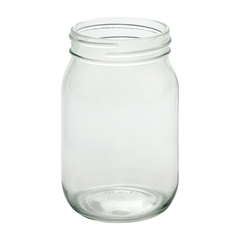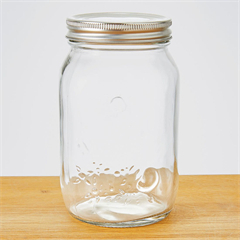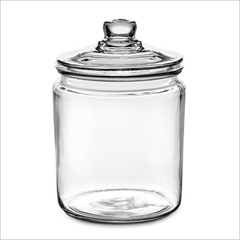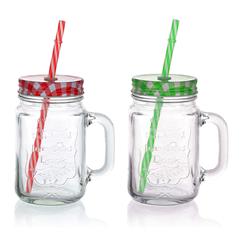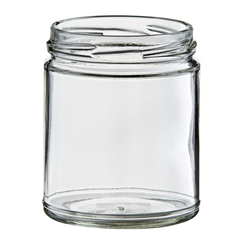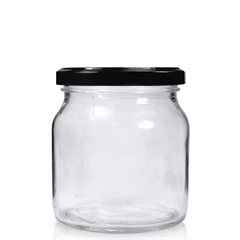If you are a product owner looking to launch a product in glass bottle or a person who keeps interest in packaging, this article is just for you. And more so, because you are definitely missing at least one of the prime deciding factors in developing you product in a glass bottle, I will cover these key deciding factors that one should definitely know. Usually, the capacity of all glass bottles is given in terms of water capacity, ml. When a bottle is filled to overflow capacity, the product is filled to the point that no extra drop can further be added in the bottle. There are 5 examples of glass jar capacity:
Ghee
Honey and jams
Pickles
Jam, pickle, spices
Tomato ketchup
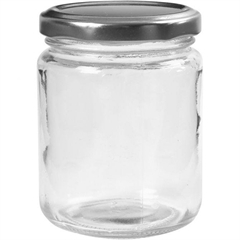
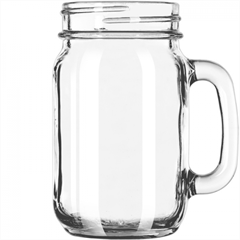
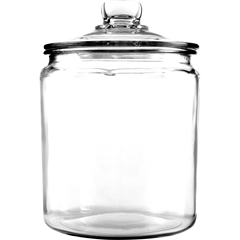
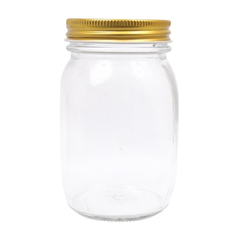
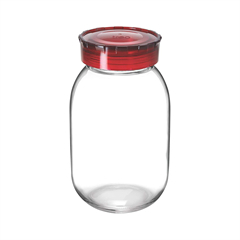

Ghee introduce.
Let us start with Ghee, which is measured in both litres as well as gms. On an average, in a 1,000-ml bottle, approximately 900 to 930 grams of ghee can be packed in it because the density is low. So, if you want to pack 450 grams of ghee, a 500-ml bottle would be required.
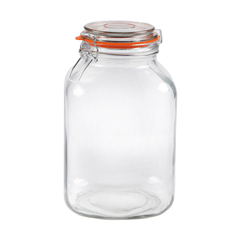
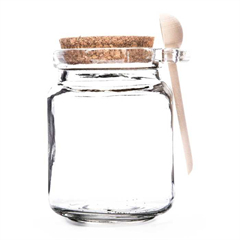
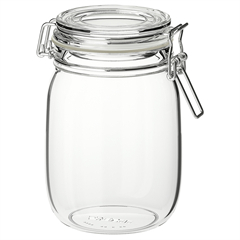
Honey and jams introduce.
For packing honey and jams, capacity of the bottle will vary even if the quantity to be packed is same as ghee. Due to high sugar content in these products, one would require smaller bottle to pack same grams of product. Honey and jam usually comes almost 25 per cent more than the water capacity. So, if you want to pack 500 grams of honey or jam, a 400-ml bottle is required, and similarly, if you need to pack 250 grams of jam, 200 ml capacity bottle will be required.
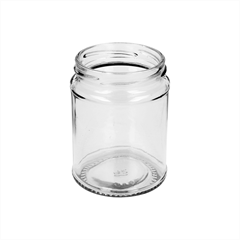
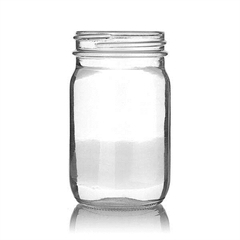
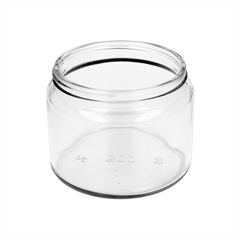
Pickles introduce.
For pickles, garlic paste or salsa or any product which is paste/oil based, quantity that can be filled is equal to the capacity of the bottle. So, you will find that in a 400-ml bottle, you will have 400-grams of pickle. In a 200-ml bottle, you will have 200-gram of salsa.
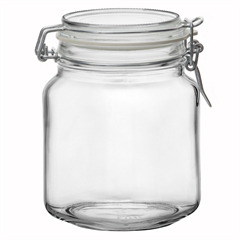
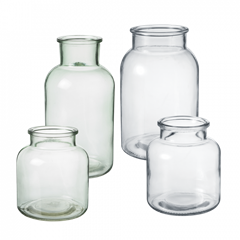
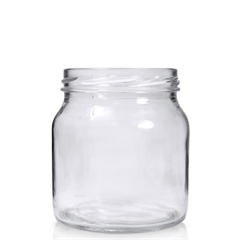
Jam, pickle, spices introduce.
Interestingly, many customers use same bottle for packing different products manufactured by them such as jam, pickle, spices, etc. For example, when a manufacturer buys a 200-ml jar, they can pack 200 grams of pickle, 250 grams of honey or jam, or 60 gms of spices. A customer selects 200 ml jar, and in the same bottle they can pack 200 grams of pickle, 250 grams of honey or jam, or 60 gms of spices. The main advantage of this is that you have to maintain inventory for only one bottle, which is serving multiple products. So, if you have order for pickle, jam, honey or spices it can all be packed in one type of jars without having to maintain different type of jars.
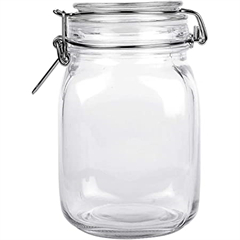
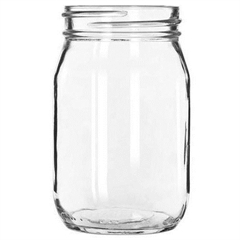
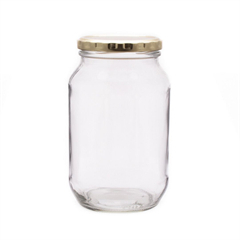
Tomato ketchup introduce.
Tomato ketchup is another example. Tomato ketchup is usually heavier than ghee and lighter than jam/honey. Density of the tomato ketchup differs on the basis of bricks, tomato paste and sugar content. Typically, in a 900-ml bottle, 1 kg of tomato ketchup can be packed.
